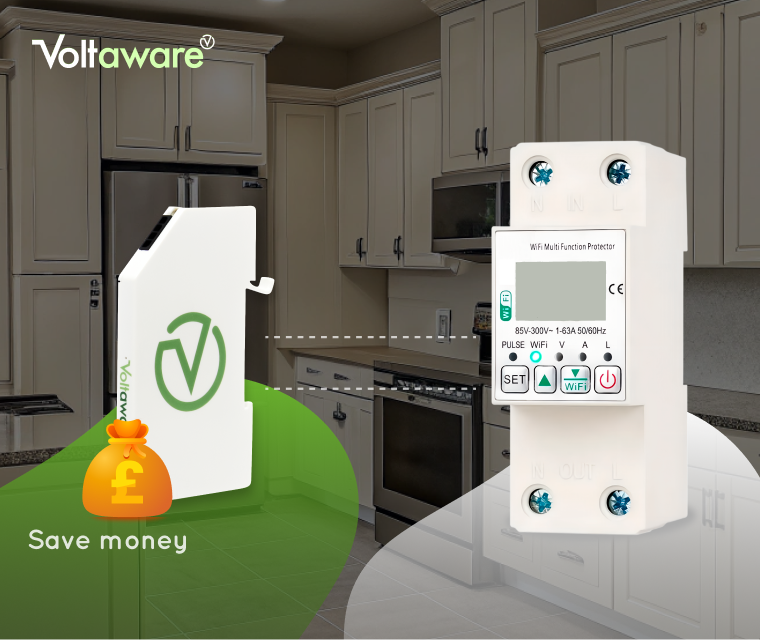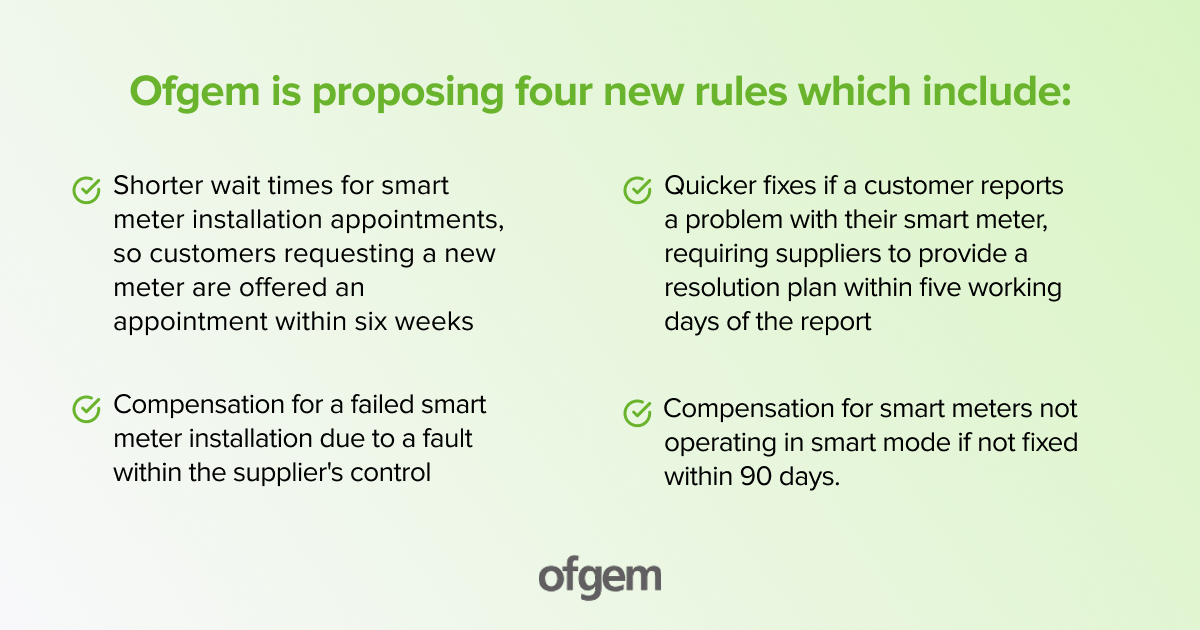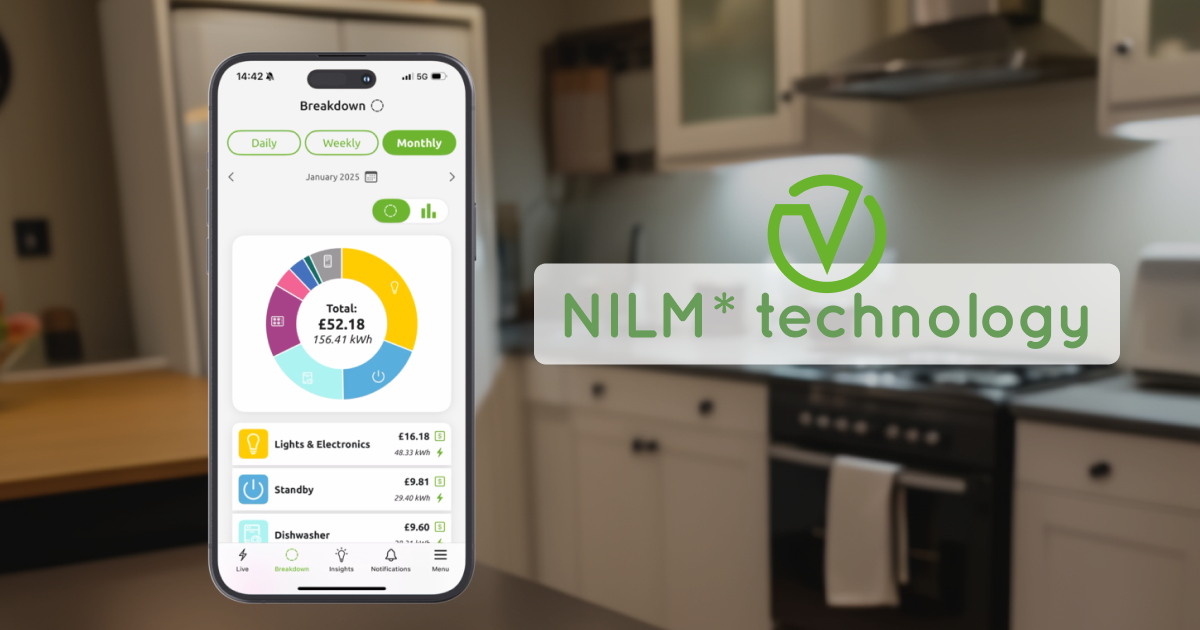Are Smart Meters Compulsory in the UK? What the Rules Really Say - and How NILM Cuts Bills Either Way
The short answer - and why the headlines keep returning to it
Every few months, a new wave of headlines asks if smart meters in the UK are about to be forced on every household. Are smart meters compulsory? The short answer remains: No. In Great Britain, suppliers must take “all reasonable steps” to offer and install them, but households can refuse. Consumer explainers have reiterated this repeatedly, and the current position hasn’t changed to a legal obligation for all homes. Recent MoneyWeek coverage again confirms that smart meters are not compulsory - useful context if you’re deciding whether to accept an installation.
So why do these stories keep circulating? Because some industry leaders argue that a fully flexible grid needs near-universal adoption. In early 2025, a Guardian report quoted Centrica’s chief executive calling for a more mandatory, street-by-street push to meet rollout targets. That sparked debate but not a change in the law. For now, smart meter UK legislation remains voluntary for consumers. So why do these stories keep circulating? Because some industry leaders argue that a fully flexible grid needs near-universal adoption. In early 2025, a Guardian report quoted Centrica’s chief executive calling for a more mandatory, street-by-street push to meet rollout targets. That sparked debate but not a change in the law. For now, smart meter UK legislation remains voluntary for consumers.

Smart meters aren’t compulsory. NILM helps either way.
Where the rollout actually stands (Q1-2025)
The smart meter rollout 2025 has made real progress, with the latest official statistics clarifying the scale and the caveats. As of the end of March 2025, there were around 39 million smart and advanced meters in homes and small businesses across Great Britain. 67% of all meters in operation were smart or advanced, and about 35 million (≈61%) were operating in smart mode. Installations by large suppliers in Q1-2025 reached roughly 690,000 for domestic properties, a small rise on the previous quarter. These figures illustrate strong overall coverage, yet they also highlight that it is not universal and performance varies.

Source: Smart Meter Statistics in Great Britain, May 2025
For journalists and policy watchers, two nuances matter. First, the headline “coverage” rate combines smart meters operating in both “smart” and “traditional” modes; the latter are the devices that have temporarily lost connectivity or are not yet commissioned. Second, electricity coverage tends to be higher than gas, and regional variations persist. Both points complicate simple narratives about total penetration and performance
The reliability question: when smart meters go “dumb”
A recurring pain point is the smart meter gone dumb problem - devices that stop sending automatic readings and effectively revert to manual reads. Guardian reporting has chronicled consumer cases and the systemic challenge over several years, including 2025 updates noting millions of meters affected at various times - one reason trust remains uneven. These stories matter not because smart meters “don’t work,” but because intermittent connectivity and commissioning issues create very real billing and service frustrations for households.
Regulation is tightening in response. Ofgem has proposed - and is now advancing - new smart-meter standards and compensation measures, including higher Guaranteed Standards payments for missed appointments or long-unresolved faults. The broad direction of travel: clearer obligations on suppliers to fix problems faster and pay up when they don’t. That’s good news for consumers but it’s also a reminder that reliability is a work in progress, not a solved problem.

Source: Ofgem, March 2025
What smart meters do well (and what they don’t, on their own)
On the benefits side, modern meters enable accurate billing without manual reads, and they unlock time-of-use tariffs that reward shifting energy use away from peak periods. Half-hourly data feeds more dynamic products from suppliers. MoneyWeek’s recent roundup is clear: meters don’t raise bills, and for many homes they can be a gateway to cheaper, more flexible pricing - if you can adjust your routines. But meters themselves don’t tell you which appliances are responsible for the spikes or where your standby waste hide
This is the crucial distinction for readers evaluating energy savings UK options: a meter measures how much and when; it doesn’t explain what and why at the device level.
Enter NILM: turning data into day-to-day savings
NILM (non-intrusive load monitoring) is a technique that infers appliance usage patterns from overall electrical signals—no rewiring required. A home energy monitor like Voltaware applies NILM to surface appliance-level energy monitoring: which devices are drawing how much, when they run, what’s always-on, and where you can realistically change behaviour or automate.
How that complements smart meters:
- From half-hourly curves to actions: If you have a smart meter and flexible tariff, NILM pinpoints the right loads to shift off-peak - dishwasher tonight, tumble dryer tomorrow, immersion heater to a pre-heat window, so the tariff actually translates into savings.
- Find silent waste: Always-on and standby consumption can add up to a surprising share of bills. Identifying vampire loads (old routers, second fridges, set-top boxes) is faster when you can see them in the aggregate and track them over time.
- Spot faults and ageing: A motor that starts drawing more than usual or a heater cycling oddly can flag maintenance issues before they hit your wallet.
Crucially, NILM works with or without a smart meter. If you’ve said “not yet” to installation, or your smart meter is temporarily in traditional (i.e., “dumb”) mode, you can still get actionable, appliance-level energy monitoring today instead of waiting for a perfect rollout.

Voltaware using NILM technology
Three practical scenarios (and what we recommend)
1. You already have a working smart meter
Pair it with NILM to go beyond generic tips. Use your weekly appliance breakdown to plan realistic time-of-use tariffs shifts: move laundry and dishwasher cycles to off-peak windows; pre-heat hot water before the peak; schedule EV charging strategically. The goal is not austerity - it’s precision, focusing on the 2–3 biggest flexible loads in your home.
2. You’ve declined a smart meter (for now)
That’s your choice under current rules. Start with a home energy monitor to capture the quick wins - standby reduction, appliance scheduling, detecting an inefficient device you didn’t realise was costly. If at some point you opt into a flexible tariff, you’ll already know exactly which loads to move.
3. Your meter is in “dumb” mode or awaiting a fix
Log a fault promptly and cite the evolving service standards if resolution drags. While you wait, maintain visibility with NILM so your usage doesn’t become guesswork. Being able to show an appliance-level profile also strengthens your case when discussing high estimates with your supplier.
Myth-busting in 90 seconds
- “I’m being forced to accept one.” Under current rules, smart meters are offered on a voluntary basis; you can refuse. That remains the legal position despite periodic calls for a mandatory push. Smart meter not compulsory is still accurate shorthand.
- “Smart meters alone cut my bill.” They enable cheaper tariffs and better data, but behaviour and automation drive the savings. NILM turns “nice graphs” into concrete actions.
- “Most homes already have fully working smart meters.” Coverage is high and improving, but it isn’t universal, and some devices still fail or revert to traditional mode. Hence the regulatory push on standards and compensation.
A quick evidence pack
- Status & stats: DESNZ Q1-2025 report (published 29 May 2025) summarises 39m smart/advanced in operation, 67% overall coverage, ~61% in smart mode; next update planned for 28 Aug 2025. Use with care when comparing “installed” vs “operating in smart mode.” GOV.UK
- Policy/compulsion debate: Guardian coverage of supplier calls for mandatory rollouts; clarifies debate vs law. The Guardian
- Consumer reality: The Guardian casework on persistent faults and “dumb” reversion; MoneyWeek consumer explainer reinforcing voluntary status.
Bottom line
Smart meters are useful but not compulsory. The smart meter rollout 2025 shows broad and growing coverage, yet reliability gaps and regional variations remain. For households that want bill impact now, the fastest path is combining metering, smart or traditional, with NILM-powered, appliance-level energy monitoring that tells you exactly what to change and when.
Check your home’s savings potential with Voltaware.
